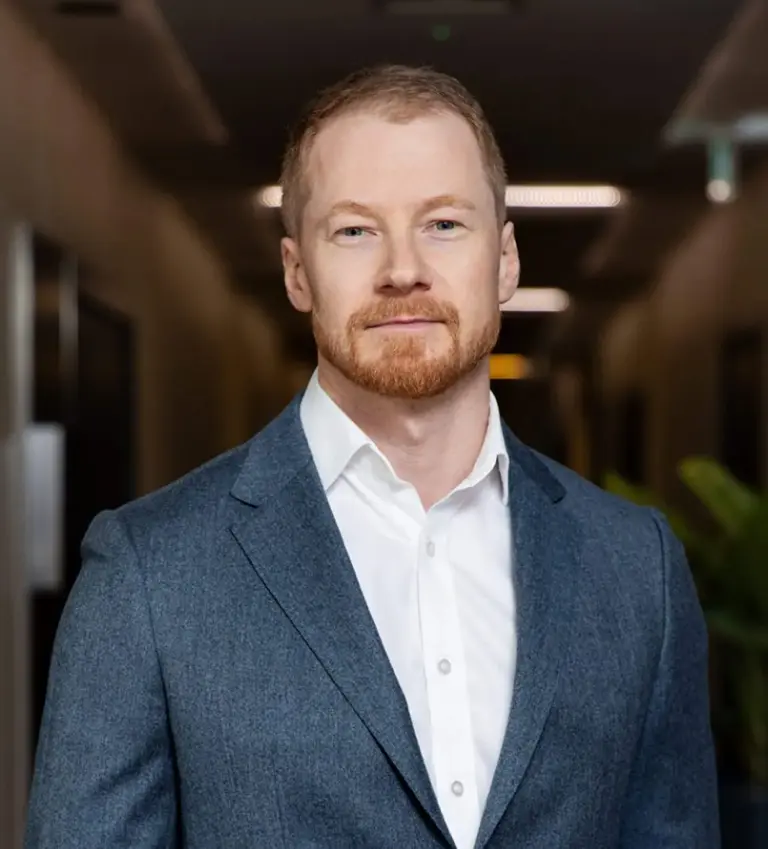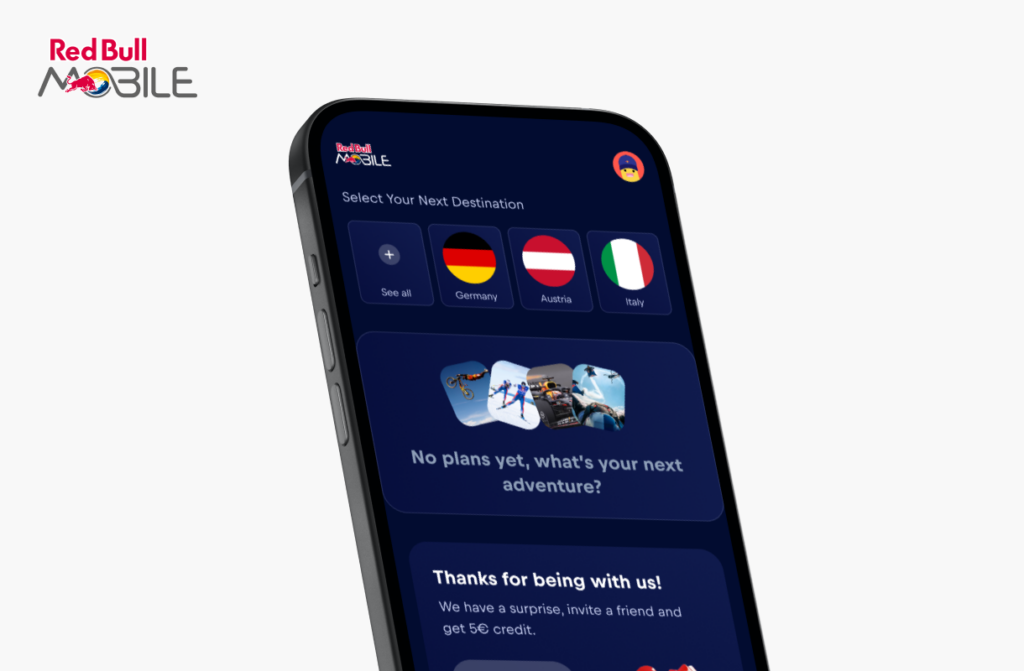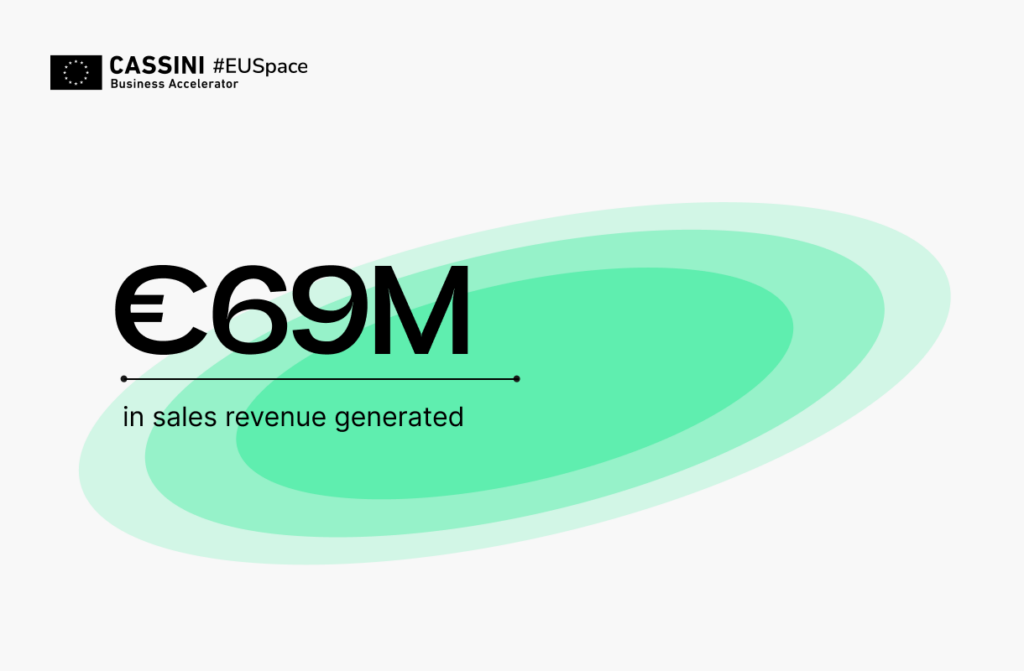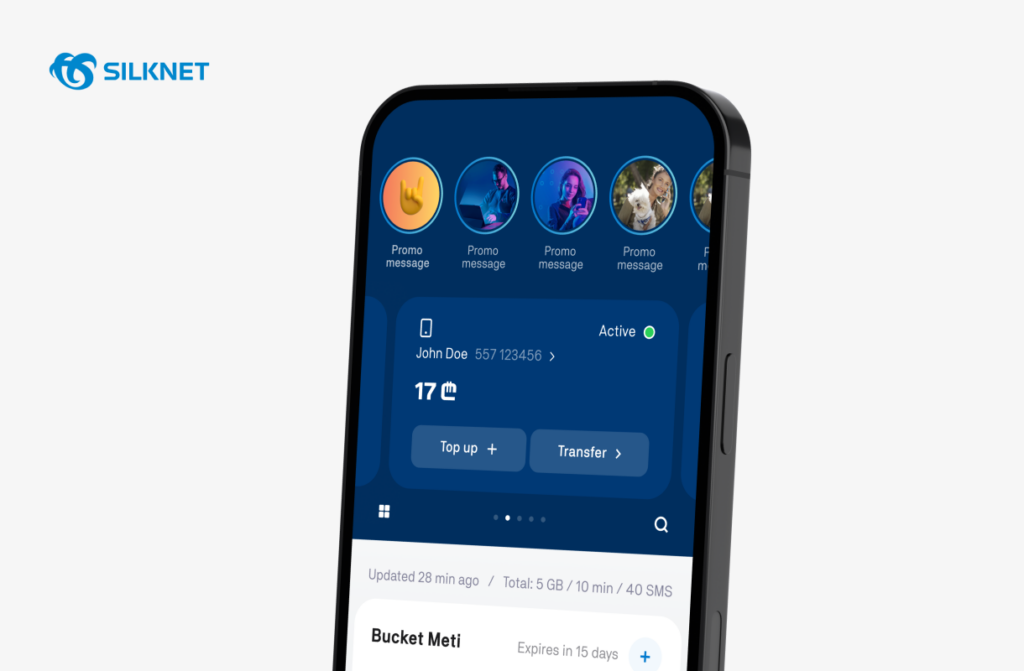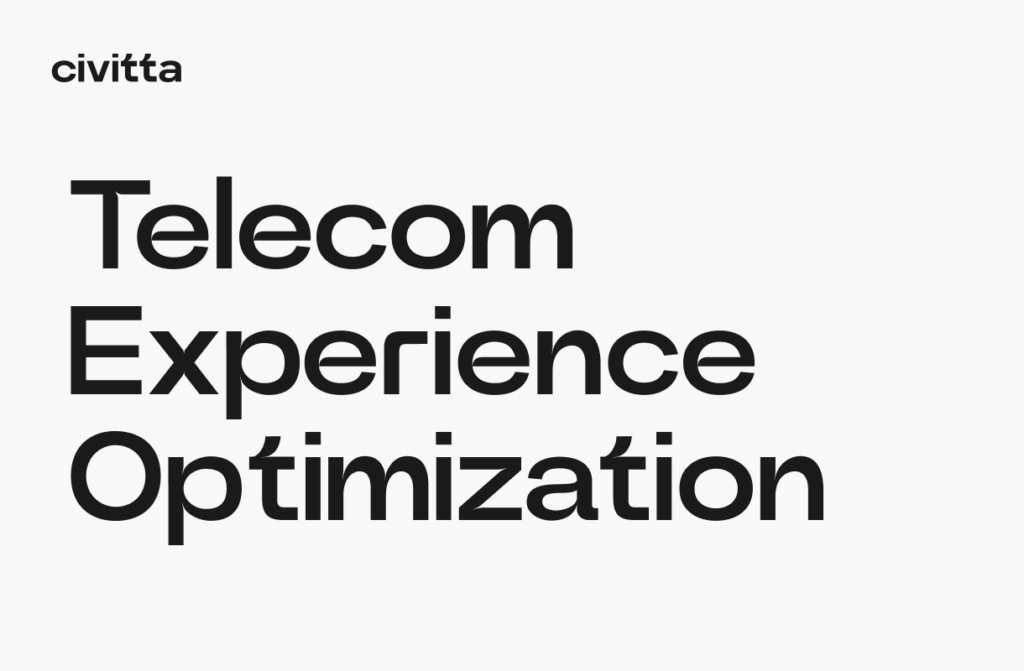Supporting non-profit organizations: how we developed a strategy for the Lithuanian Red Cross Society
Client
Lithuanian Red Cross Society (LRC) and International Federation of Red Cross and Red Crescent Societies (IFRC)Client overview:
The Lithuanian Red Cross Society is a national humanitarian organization and an official part of the International Red Cross and Red Crescent Movement. With a strong presence across Lithuania, LRC plays a key role in supporting vulnerable communities, especially Ukrainian refugees affected by the war.
LRC actively contributes to the IFRC’s Ukraine and Impacted Countries Emergency Appeal (UIC EA) and focuses on long-term support and integration for displaced people. While it has a wide national reach and trusted status, LRC has had limited experience working with institutional donors and currently relies heavily on funding from within the Red Cross Movement and private donations.
Challenge:
Our main objective was to strengthen the Lithuanian Red Cross Society’s ability to access funding from institutional donors and national authorities. This was essential for the organization to sustain its activities during the immediate response to the war in Ukraine.
It would also support long-term financial sustainability and help reduce the Society’s reliance on a limited range of donors—over 34% of its funding came from within the Red Cross Movement.
We found that LRC faced several constraints. These included limited internal capacity and experience in institutional fundraising, as well as the absence of a robust donor engagement system, and the tools and internal processes.
Our Approach:
Civitta and IFRC implemented a structured, three-step practical learning process. This process was adapted to the needs of the Lithuanian Red Cross Society (LRC). The following steps were taken:
- We held kick-off meetings with stakeholders: the LRC Secretary General and fundraising team. This was followed by interviews with the Ministry of Social Security and Labour (MSSL), the Central Project Management Agency (CPVA), and former staff of the Innovation Agency.
- Mapped and identified key potential donors: EU-level bodies (DG HOME, DG ECHO, CERV, ESF+), Nordic agencies, and private foundations.
- Divided the donor ecosystem into three functional groups: fund initiators (e.g., European Commission, Lithuanian government), fund managers (e.g., CPVA, ministries, municipalities), recipients (non-governmental organisations such as the LRC).
- Evaluated and ranked over 50 donor institutions based on thematic relevance, average grant size, complexity, and feasibility. Then compiled a list of the 10 most relevant donors for LRC’s focus.
- Then we provided a specialized grant monitoring tool to support the tracking and evaluation of open calls. We also conducted a 3-hour workshop with 8 LRC staff, presenting the donor environment. In particular, we demonstrated the IFRC grant screening tool and agreed to adapt it to the specific needs of the LRC.
- In the final stage, we finalized the development of the grant monitoring tool, launched a two-week pilot project for tracking, and explored the development of a full institutional fundraising strategy and application calendar.
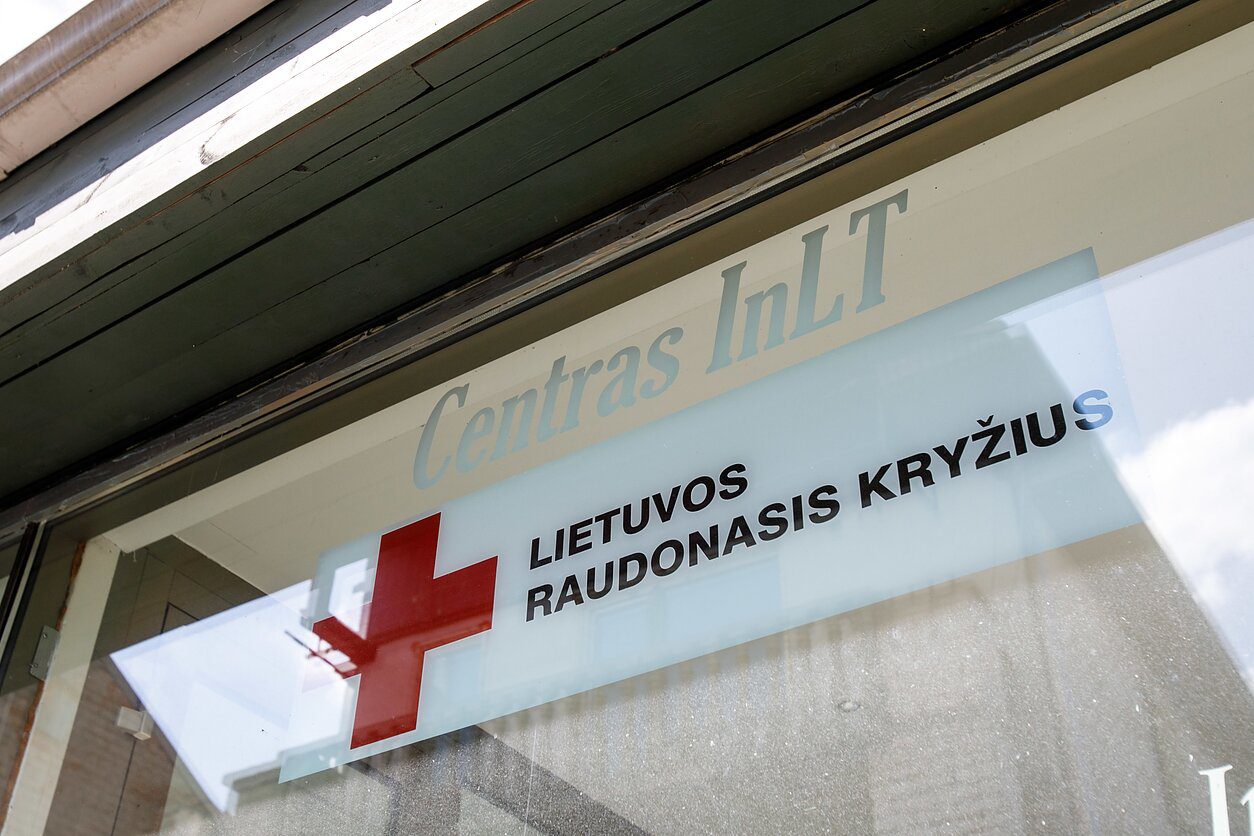
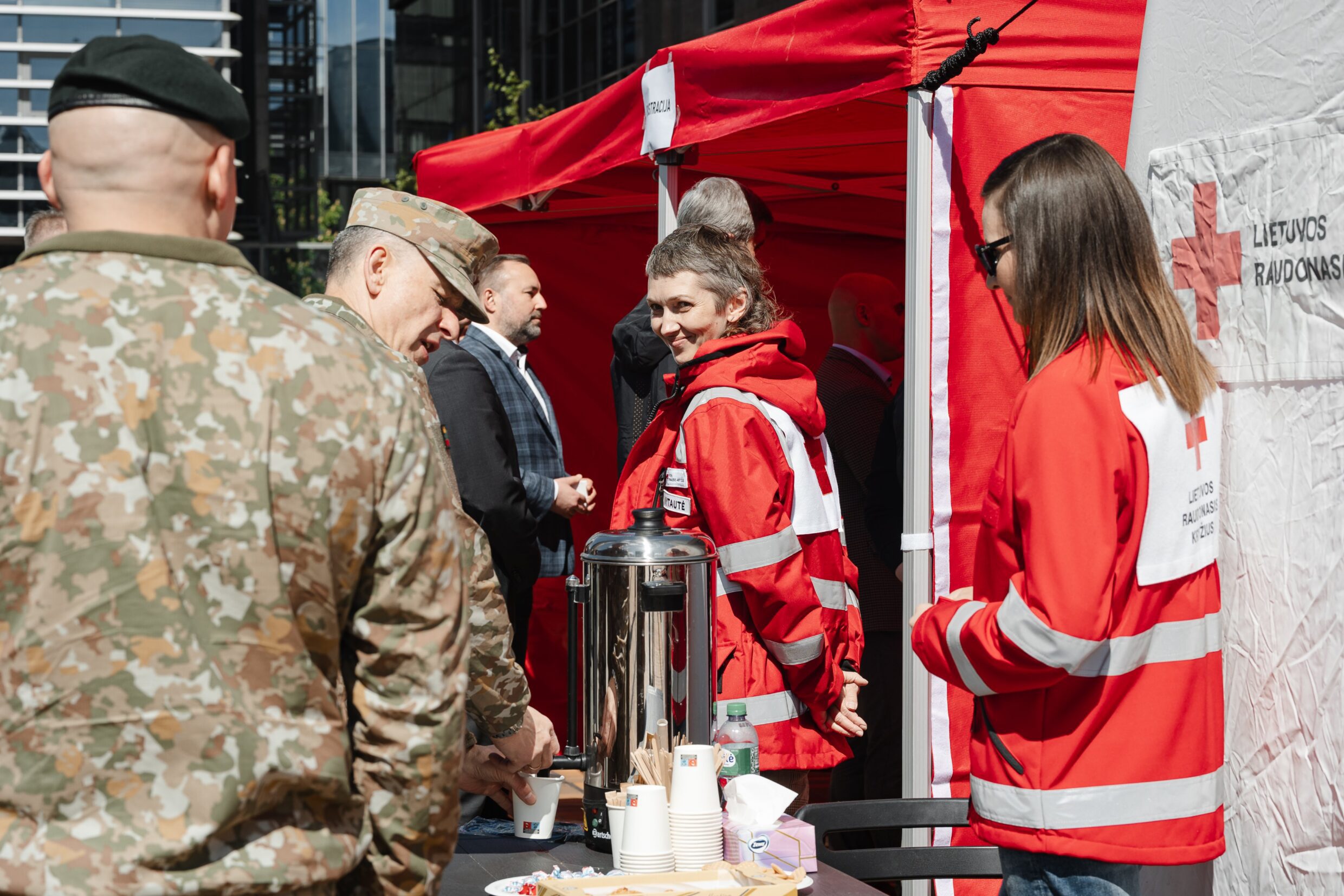
Results & Impact:
Over the course of the project, we reached several key outcomes—both quantitative and qualitative—that laid the foundation for stronger institutional fundraising at the Lithuanian Red Cross.
Quantitative Outcomes
- We mapped over 50 institutional donors and funding mechanisms relevant to LRC’s mission.
- We developed a grant monitoring system, complete with custom scoring logic to evaluate opportunities.
- Eight team members were actively involved in co-design sessions, ensuring ownership and internal alignment.
- Together, we validated a priority donor list across three key categories: fund initiators, managers, and recipients.
Qualitative Outcomes
- We strengthened internal understanding of the institutional funding landscape and how to navigate it.
- We created a clear positioning roadmap, with actionable next steps specifically for engaging MSSL and CPVA.
- We established a structured internal process for evaluating and prioritizing funding calls.
- Most importantly, we saw a shift—from passively waiting for opportunities to actively seeking and engaging with potential donors.

Key takeaways:
- Through a detailed analysis of the donor ecosystem, we gained valuable insights into donor behavior. Based on this, we embedded donor assessment logic directly into LRC’s internal workflows to support ongoing decision-making. Strategic segmentation of the funding ecosystem clarified realistic entry points for engagement. Co-creation workshops fostered practical uptake and promote internal ownership of the tools.
- We recognized that informal donor access—such as MSSL’s openness to unsolicited concept notes—needs to be strategically leveraged through clear positioning and coordination.
- Our model is fully replicable for other National Societies, especially those transitioning from emergency response to sustainable programming. The tools and workshop formats we developed can be deployed regionally within the IFRC SPRM framework.

